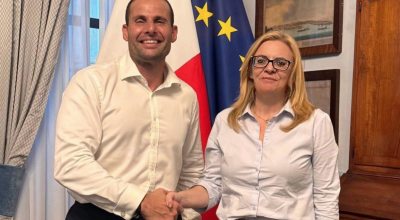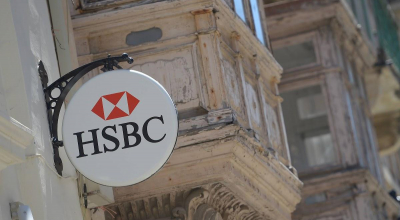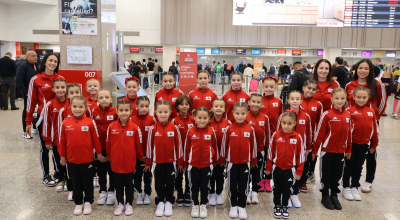Film Review | The Monuments Men
You can't fault its good intentions, nor its insistence on crafting a charming, breezy caper out of a quirky historical episode, but George Clooney's WWII art-heist comedy-drama can't mask its hollow centre for very long.

If you were to look up the descriptor ‘smooth operator’ in the Oxford Dictionary… well, you most probably won’t find it. But in what I’m going to posit as a perfect world – or at least, a lexical utopia of some kind – I would say that you should be able to clock a picture of the American actor (and sometime director) George Clooney just under that said entry.
The sandy-haired star (and, in this case yes – director too) of the wartime art-heist drama Monuments Men appears to have ‘aged gracefully’ down to an art form in and of itself, creating a signature on-screen poise and effortless charm that has often been compared to vintage Hollywood luminaries such as Cary Grant.
It’s a good job he still appears to be as smouldering and confident here, because anyone would need sizeable cinematic cajones to marshal the kind of ensemble cast he has on Monuments Men (let’s take a deep breath: Matt Damon, Bill Murray, John Goodman, Cate Blanchett, Jean Dujardin, Downton Abbey’s own Hugh Bonneville, Bob Balaban and Dimitri Leonidas). Not to mention that the film itself – penned by Clooney and Grant Heslov – plays fast and loose with historical fact in its earnest and ultimately not negligible effort to deliver a smoothly running tale of old-school derring-do.
The year is 1943 and World War II is edging to a close. Perhaps feeling the pinch of encroaching defeat, the Nazis issue a decree that, in the event of Hitler’s death, all art works in the Germans’ possession are to be incinerated. Though the Allied higher-ups are initially sceptical about authorising a mission to safeguard art works – as opposed to fellow soldiers – then American president Franklin Roosevelt is ultimately swayed by Frank Stokes (Clooney), and a task force of rag-tag art experts is formed to identify and hopefully rescue the priceless art works currently being held at ransom by the Nazis.
With no real military training to their name, this unorthodox ‘wild bunch’ have their work cut out for them.
The mixed reaction that the film has received from critics and audiences so far is not too hard to understand. The trailers and promotional material all hinted that this will be a resolutely old-school experience, and it all hinged on whether this ends up being a positive or a negative – whether the film will turn out to be inconsequential fluff or a rollicking wartime adventure laced with an uplifting paean to the importance of preserving art and culture from oblivion and/or appropriation by ‘the bad guys’.
While competently directed and sumptuously shot, Clooney’s film is also poorly paced and kind of shallow, almost fatally maimed by the ‘too many characters’ syndrome.
Most viewers will probably forgive its broad-brush approach towards national stereotypes and easy recourse to all-too-familiar male camaraderie. This is because Clooney’s natural charisma appears to stretch even to the way he handles his actors and film narrative: if there are any stuttering seams between the large cast’s chemistry, you won’t notice them on a first viewing.
Its ‘good intentions’ are clearly evident in every single frame. There’s an innate earnestness in its message: you never have any doubt that Clooney and co. believe in the mission of the ‘Monuments Men’ (full name: ‘Monuments, Fine Arts, and Archives program’), and the film is infectious in its desire to transmit this importance to the viewer. One particular scene – all but assuring us that a portrait by Raphael is lost for good – will make art lovers wince in pain, and the pursuit of the ‘Madonna of Bruges’ lends Bonneville’s Donald Jeffries a poignant story arc.
There are good ingredients here. Which makes the film’s uneven, episodic structure all the more disappointing. It’s similar to Ben Affleck’s Oscar winner Argo in a lot of ways. The comparison is of course easy pickings for film trivia nuts: both Argo and Monuments Men star and are directed by Hollywood darlings, both feature John Goodman and involve Grant Heslov (he co-writes here, acts in Argo) and more fundamentally, both take a comedy-drama approach to a quirky historical episode.
But more importantly, they both suffer from the same structural flaw. By insisting on keeping things light, humorous and breezy throughout, any real urgency feels tacked on; attached as if it’s a panicked afterthought.
Given that he’s getting on in years – gracefully or otherwise – perhaps it’s time for Clooney to learn that charm can only get you so far.






.jpg)







.jpeg)




.png)



